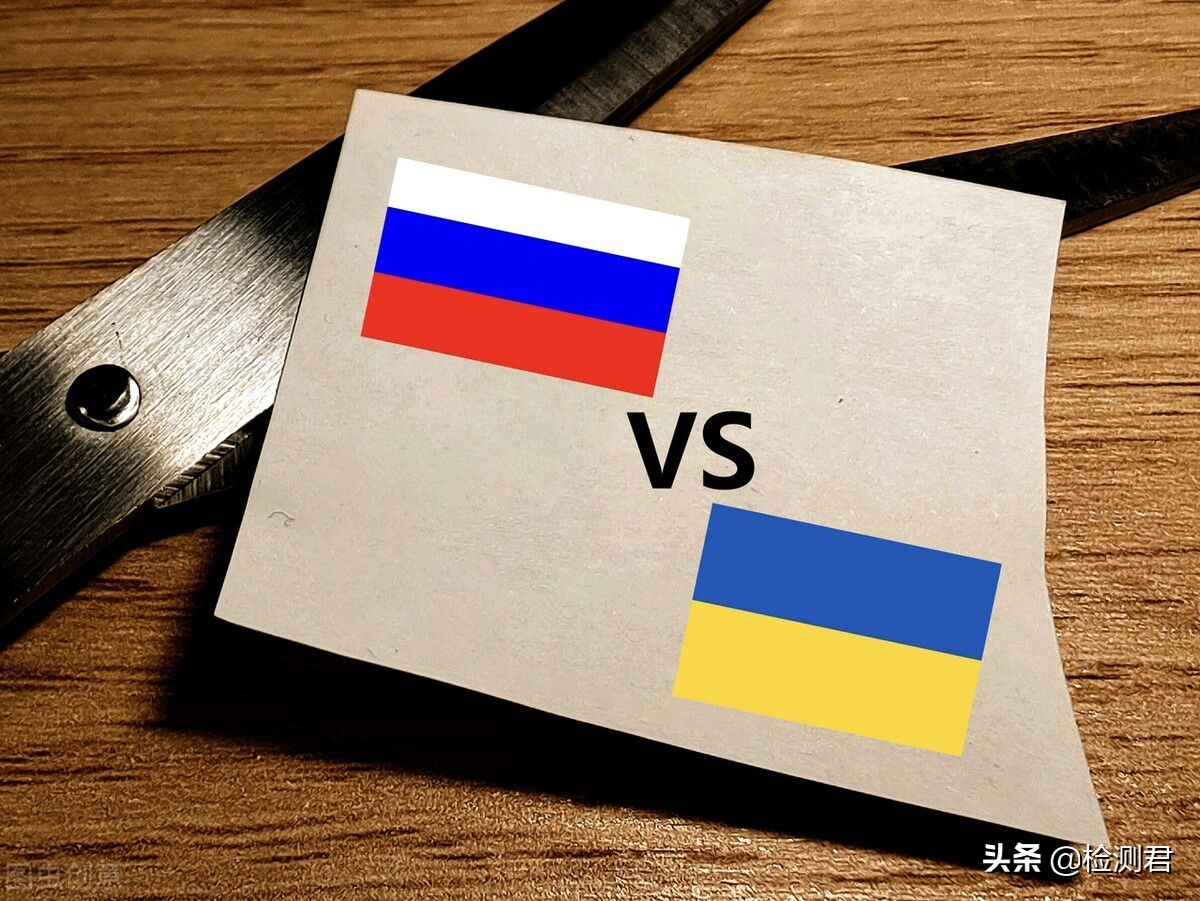Since February this year, the situation in Russia and Ukraine has taken a turn for the worse, causing widespread concern around the world. The latest news shows that the second meeting between Russia and Ukraine was held on the evening of March 2, local time, and the current situation is not yet clear. my country is also the largest importer of textile and apparel products from Russia and Ukraine. If the situation in Russia and Ukraine deteriorates further, it will increase the impact on the economic and trade activities of my country’s textile export enterprises and Russia, Ukraine and even the world. In this regard, the editor has collected relevant credit insurance companies’ warnings and suggestions on the potential risks brought about by the Russian-Ukrainian conflict:
Under the conflict between Russia and Ukraine, how can textile people do market protection? Four tips are ready for you
01Pay attention to the risk of financial market volatility
As the latest sanctions against Russia, Western countries led by the United States and the European Union issued a joint statement announcing that several major Russian banks, including Sber Bank and VTB Bank, were prohibited from using the Society for Worldwide Interbank Financial Telecommunication (SWIFT) international settlement system. Sanctions, if imposed, would temporarily cut off most of Russia’s trade and financial flows with the world. Extreme panic and risk aversion spread, capital outflows from emerging markets and pressure on exchange rate depreciation surged. The Central Bank of Russia announced on the 28th that it would raise the benchmark interest rate to 20%. A series of financial market fluctuations will directly affect importers’ willingness and ability to pay.
02Focus on the logistics risk of shipping suspension
The war has already affected seaborne services and exacerbated tensions in international shipping. Currently Ukraine and Russia’s Black Sea and Azov waters have been added to the high-risk area. Ports in this waters are major export hubs for trade, and in the event of a blockade, they will be blocked. significant impact on trade. Under the L/C transaction, there may be the phenomenon that the documents cannot be sent to the bank and cannot be negotiated. The delivery of the bill of lading under the non-certificate payment method will further lead to the rejection of the derivative goods, and it will be difficult to return or resell the goods after entering the customs, and the risk of the buyer abandoning the goods will increase. .
03 Pay attention to the risk of rising costs of some raw materials
In the face of the obvious deterioration of the situation in Russia and Ukraine and the expansion and escalation of sanctions against Russia by Western countries, the global market reacted violently, the risk aversion was evident, and the prices of gold, oil, natural gas, and agricultural products rose. Given Russia’s share of non-ferrous metals such as aluminum and nickel, once Russian aluminum and nickel companies are sanctioned, the risk of global aluminum and nickel supply will rise. At the same time, among more than 130 key basic chemical materials, 32% of the varieties in my country are still blank, and 52% of the varieties are still imported. Such as high-end electronic chemicals, high-end functional materials, high-end polyolefins, aromatic hydrocarbons, chemical fibers, etc., and most of the above products and industrial chain segmented raw materials belong to basic bulk chemical raw materials. More than 30 kinds of chemical products in my country are mainly imported from abroad, and some of them are highly dependent, such as high-end monopoly products such as adiponitrile, hexamethylene diamine, high-end titanium dioxide, and silicone. Since the beginning of the year, the price trend of these products has gradually soared, with a maximum increase of 8,200 yuan/ton, an increase of nearly 30%. For the textile industry, the indirect impact of the rising cost of raw materials and logistics costs brought about by the Russian-Ukrainian conflict deserves attention.
04 Suggestions for dealing with risks
1. Pay close attention to changes in the situation and suspend the development of new business in Ukraine.
Affected by the conflict between Russia and Ukraine, it may lead to a series of increased commercial risks, such as the risk of rejection of goods, the buyer’s arrears of payment and the buyer’s bankruptcy. At the same time, given that the situation in Ukraine is still unclear in the short term, it is recommended that export companies suspend new business development in Ukraine and pay close attention to the follow-up of the situation in Ukraine.
2. Comprehensively sort out the orders in hand and project execution progress of Russian and Ukrainian buyers
It is recommended that exporters comprehensively sort out the orders in hand and project execution progress of Russian and Ukrainian buyers, pay attention to the risk situation of partners in real time, maintain sufficient communication, and timely carry out contract terms such as the time of shipment of goods, place of delivery, currency and method of payment, force majeure, etc. Adjust and do a good job in risk prevention.
3. Appropriately pre-assess the layout of raw material purchases
Considering the high possibility of escalation of the situation in Russia and Ukraine, which may lead to price fluctuations in some raw material markets, it is recommended that companies assess the degree of impact, prepare for price fluctuations in advance, and deploy raw materials in advance.
4. Apply cross-border RMB settlement
In view of the current situation of sanctions against Russia in the international market, future transactions with Russian buyers will be directly affected. It is recommended that exporters adopt cross-border RMB settlement for Russian business.
5. Pay attention to the collection of payment
It is recommended that export enterprises pay close attention to the progress of the situation, do a good job in the collection of payment for goods, and at the same time use export credit insurance as a policy-based financial tool to avoid political and commercial risks and ensure the safety of export receipts.
Post time: Aug-05-2022






